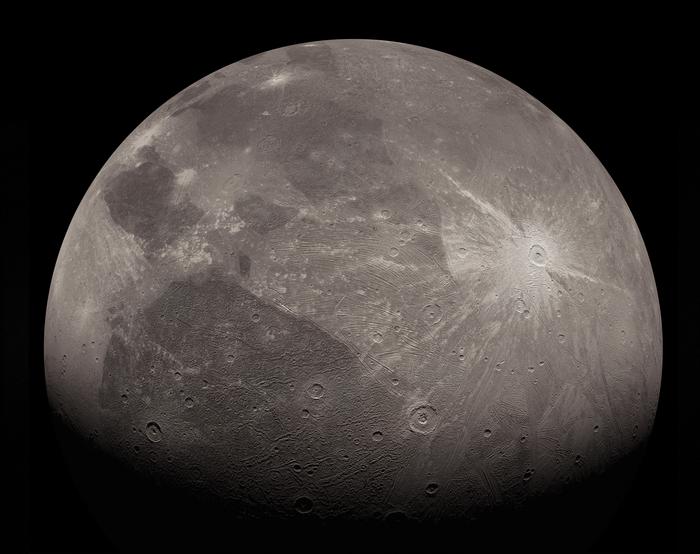
In a groundbreaking study by University College London (UCL) and the University of Cambridge, researchers have uncovered surprising properties of ‘space ice’, revealing that it contains tiny crystals, contrary to the long-held belief that it is a completely disordered material like liquid water. This discovery, published recently, challenges decades of scientific assumptions about the structure of space ice.
Space ice, differing from the crystalline ice found on Earth, has been assumed to lack structure due to the cold temperatures in space, which were thought to prevent the energy necessary for crystal formation. However, the new study focused on low-density amorphous ice, the most common form of ice in the Universe, found in comets, icy moons, and cosmic dust clouds where stars and planets form.
The research utilized computer simulations to compare with previous experimental measurements, finding that the ice is not entirely amorphous but contains nanometer-sized crystals embedded within its disordered structure. These crystals measure about three nanometers wide, slightly larger than a single strand of DNA.
Recrystallization and Structural Variability
Further experimental work involved warming real samples of amorphous space ice, which had formed under various conditions. The researchers observed that the final crystal structure varied based on the ice’s origin. If the ice had been completely amorphous, it would not retain any imprint of its previous form, indicating that its structural history plays a crucial role.
Dr. Michael Davies, the lead author of the study, conducted this research as part of his PhD at UCL Physics & Astronomy and the University of Cambridge. He stated,
“We now have a good idea of what the most common form of space ice looks like at an atomic level. This is important as ice is involved in many cosmological processes, for instance in how planets form, how galaxies evolve, and how matter moves around the Universe.”
Implications for the Origins of Life
The findings also have significant implications for the Panspermia theory, which suggests that the building blocks of life on Earth were delivered via an ice comet. According to this theory, low-density amorphous ice acted as a space shuttle material, transporting essential ingredients like amino acids.
Dr. Davies explained,
“Our findings suggest this ice would be a less good transport material for these origin of life molecules. That is because a partly crystalline structure has less space in which these ingredients could become embedded. The theory could still hold true, though, as there are amorphous regions in the ice where life’s building blocks could be trapped and stored.”
Co-author Professor Christoph Salzmann of UCL Chemistry added,
“Ice on Earth is a cosmological curiosity due to our warm temperatures. You can see its ordered nature in the symmetry of a snowflake. Space ice has long been considered a snapshot of liquid water – that is, a disordered arrangement fixed in place. Our findings show this is not entirely true.”
Broader Implications for Amorphous Materials
The study raises broader questions about amorphous materials, which are crucial in advanced technology. For instance, glass fibers used in data transmission must be amorphous for optimal performance. If these materials contain tiny crystals, removing them could enhance their function.
The research team is now exploring additional questions about amorphous ice, such as whether the size of the crystals varies based on formation conditions and whether a truly amorphous ice is possible. Amorphous ice was first identified in its low-density form in the 1930s, with a high-density state discovered in the 1980s. The team discovered medium-density space ice in 2023, which intriguingly has the same density as liquid water.
Professor Angelos Michaelides, a co-author from the University of Cambridge, concluded,
“Water is the foundation of life, but we still do not fully understand it. Amorphous ices may hold the key to explaining some of water’s many anomalies.”
This study not only reshapes our understanding of space ice but also opens new avenues for research into the fundamental nature of water and its role in the cosmos. As scientists continue to explore these mysteries, the implications for both cosmology and the origins of life remain profound.





